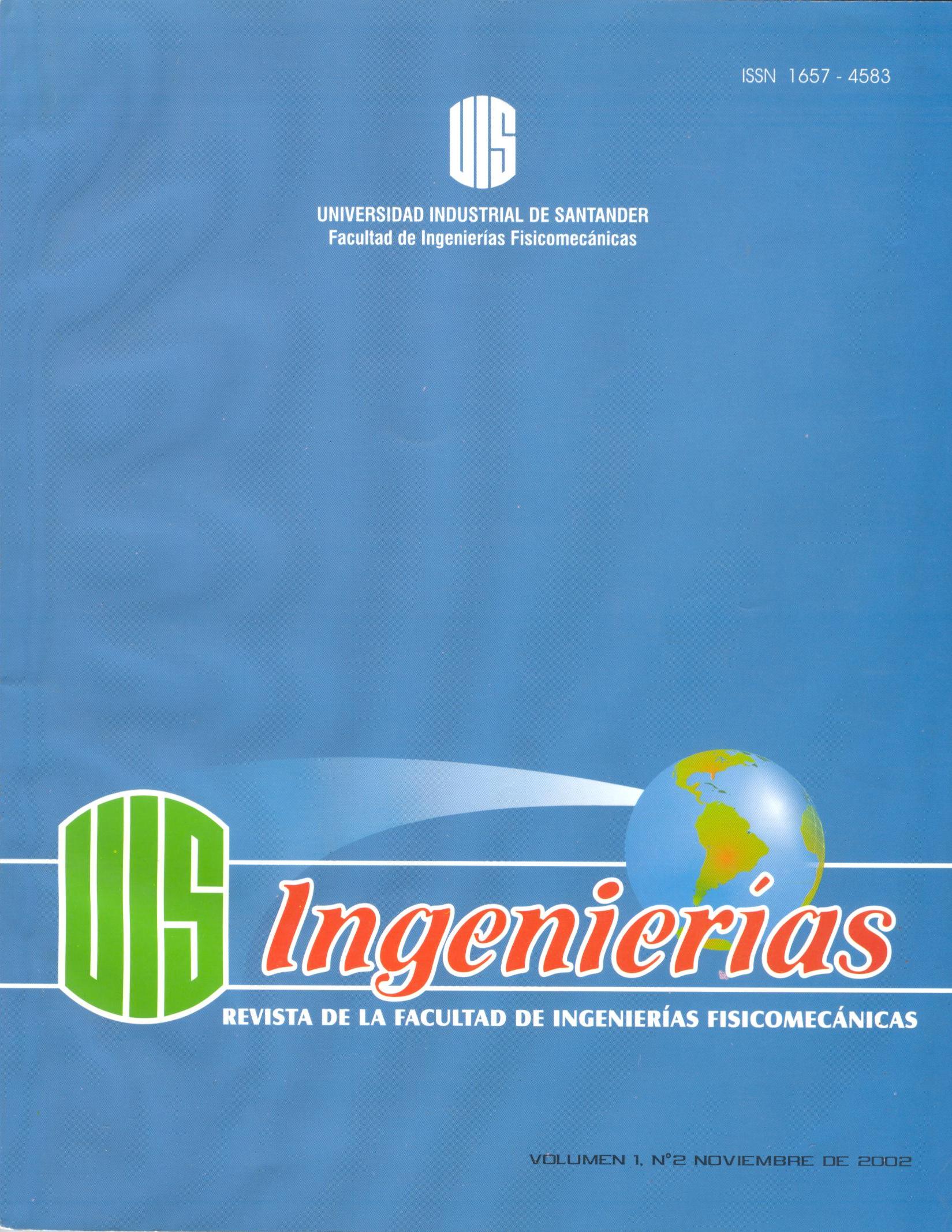Published 2002-11-01
Keywords
- Intelligent agents,
- virtual learning environment,
- learning styles,
- hypermedia educational adaptive system
How to Cite
Abstract
This document presents the multi-agent system (PLANG) developed to transform the virtual educational environment of the USD ("Unit of Support to Teaching") in an adaptive hypermedia system taking into account learning styles The techniques of adaptation are directed to the personalized selection of teaching materials, navigation tools and navigation strategies of the educational environment according to the learning style of the student.For the modeling of the student we use techniques of Artificial Intelligence as Reasoning Based on Cases and Fuzzy Logic, the system is able to categorize students according to their ability to process, perceive, receive, organize and understand information.We use intelligent agents to examine opportunities for improvement in teaching and to motivate students to Learn according to your preferences in a friendly and bad environment S close to your learning style. The MASPLANG has been built under the central concept of an intelligent agent known as a software entity that acts intelligently and semiautonomously in representation and benefit of the student.
Downloads
References
A. MUMFORD & P. HONEY, Using your learning styles, Honey, Maidenhead, 1996.
e. A. CARVER, RA. HOWARD, and W. D. LANE, "Addressing Different Leaming Styles Through Course Hypermedia", IEEE Transactions on Education, 42 (1), February 1999, pp. 33-38.
e. 1. PEÑA, J.1.. MARZO, "Adaptive Intelligent Agent Approach to Guide the Web Navigation on the PLAN-
G Distance Leaming Platform". IEE Colloquium "Lost in the Web- Navigationen the Internet", London, November 1999.
e. 1. PEÑA, RFABREGAT, A. URRA, M. VALLES, J.!.. MARZO, "Gestor de Pizarras Compartidas, Libreta de Notas y
Marcas para la Plataforma Telemática del PLAN-G", SIIE 2000, Simposio Internacional de Informática Educativa, Puerto Llano, Ciudad Real, Spain, November 2000.
C. G. JUNo, The Collected Works of e. G. Jung, No.6 : Psychological Types, R. F. Hull (Editor), 1971.
D. KOLB, Leaming Styles Inventory, McBer&Co, Boston, 1984.
Habitat-Pro™ Environment, Agents Inspired Technologies S. A, University of Girona, Girona, Spain, 2001, http://www.agentsinspired.com.
H. S. NWANA, N. AZARMI (Eds.). "Software Agents and Soft Computing-Towards Enhancing Machine Intelligence - Concepts and Applications". Lecture Notes in Artificial Intelligence 1198, Springer - Verlag, 1997.
http://www2.ncsu.edulunity/lockers/users/f/felder/public/ILSdir/ilsweb.html
LB. MYERS and M. H. MCCAULLEYM. H., Manual: A Gnide to the Development and Use of the Myers-Briggs Type Indicator, 2"'Edition. Palo Alto: Consulting psychologists Press, 1986.
J. 1. GIBSON, The Senses Considered as Perceptual Systems, Houghton Mifflin, Boston, 1966.
1.. CURRY, "Integrating concepts of cognitive or learning style: Are view with attentiont opsychometric standards", on: Canadian College of Health Service Executives, Ottawa, 1987.
M. AGUILAR, SMIT: Dissenyihnplementació d' un Agent Sintetic de Presentaciá perles Unitats de Suporta la
Docéncia del PLAN-O, Under graduate Systems Engineering Project, Escola Politecnica Superior, Universitat de Girona, España, 2001.
M. RFELDER and L. SILVERMAN, "Leaming and Teaching Styles in Engineering Education". In Engineering Education 78 (7), 1988, pp. 674-681. http://www2.ncsu.edulunity/lockers/users/f/felder/public/Leaming_Styles.html
M. R. FELDER, Reaching the Second Tier: Leaming and Teaching Styles in College Science Edncation. In Joumal of College Science Teaching, 23 (5), 1993, pp. 286-290.
M. RFELDER, Marters of Style. In ASEEE Prisrn, 6(4), 1996, pp.18-23.
NORTEL NETWORKS CORPORATION. "FIPA - OSV1. 3.3 Distribution Notes". Open Source, 2000.
P. BRUSILOVSKY, "Methods and Techniques of Adaptive Hypermedia", User Modeling and User-Adapted Interaction, Vol. 4, pp. 1-19, Kluwer acadentíc pu1¡lishers, 1994.
RDANGWA Land S. MITRA,. "Construction and validation of a Learning Styles Inventory test faI use in India".
[on- line document] foundat http://www.geocities.comlSoHo/17I 8/docsllstyles.htmlon17112/99.
RDUNN, K. DUNN and GPRICE, Manual: Learning Style Inventory, KS: Price Systems, Lawrence, 1985.
R. FABREGAT, 1. 1.. MARZO, CJ. PEÑA, "Te. ching Support Units", Computers and Education in the 21st Century: Kluwer Acadentíc Publishers, 2000.
R. OPPERMANN, R. ROSSEN, KINSHUK. "Adaptability. nd Adaptivity in Learning Systems". Knowledge Transfer (Volume 11) (Ed, A. Behrooz), Pace, London, UK, pp I73-179, 1997.
S. MONTGOMERY, Addressing Diverse Leaming Styles through the Use of Multimedia, University of Michigan, 1996.
S. OLIVERAS, hnplementaciód' una gentinte Higentd' interfície perassistira ¡ 'estudiant quan realitza feinesd' aprenentat geen la plataforma telematica educativa del PLAN-O, Undergraduate Systems Engineering Project, Escola Politecnica Superior. Universitat de Girana, España, 2000.
S. W. REICHMAN and A. F. GRASHA, "Arational approach to developing and assessing the construct validity of a study leaming style scales investment", Joumal of Psychology, 87 pp. 213-223, 1974

